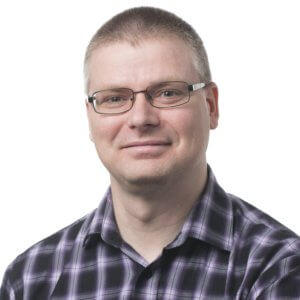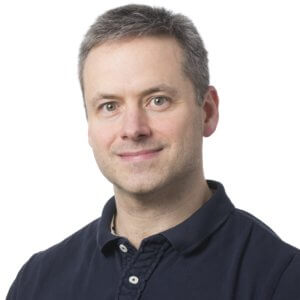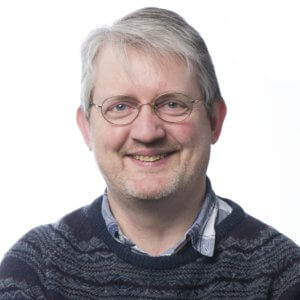Contact





NANOMETROLOGy
DFM has vast experience with scanning probe microskopy (SPM) for the measurement and characterization of surface structures at the micrometer and nanometer scale. In addition to SPM we use optical diffraction microskopy (ODM), ellipsometry and scatterometry for the characterization of nanostructures.
DFM’s mission as Denmark’s national metrology institute (NMI) embraces accredited certification of customers’ items, including surface structures at the nanometer scale. Examples are shown in the poster “An accurate look at the nanoscale”. DFM is dedicated to the dissemination of nanometrology at an international, high scientific level to our customers, and to the continuous improvement of the measurement accuracy of critical dimensions. DFM addresses up-to-date topics at the nanometer scale, such as the characterization of nanoparticles. A number of projects related to particle metrology focus on topics such as the elasticity of particles, the photocatalytic properties of particles, the refraction index of particles, and the biological longevity of airborne particles.
Atomic Force Microscopy
DFM carries out dimensional measurements at the nanoscale by means of an atomic force microscope (AFM), in which an immensely sharp probe scans a surface. The AFM is also used for quality control, for instance when dimensions must be documented by a calibration certificate. Examples are the diameter of nano particles, the roughness of a surface, the depth of a groove, or the period of a lattice.
Optical metods
DFM continuously develops methods for optical charactrization of eg. nano structures and particles. DFM utilizes ellipsometry for the characterization of eg. thickness, refraction index, and corrosion, and scatterometry for the characterization of nano particles and nanostructures.
Imaging scatterometry
The method, developed by DFM, is able to characterize nanostructures surfaces of an area up to several cm2 with an accuracy of a few nanometers, by using visible light.
Normally, the characterization of micro/nano-textured surfaces using scanning probe and electron microscopy techniques is very time consuming. However, the method using imaging scatterometry is up to 100 times faster, without compromizing accuracy or user friendliness. In addition, the method can be applied to cast items with micro/nano-textured surfaces. Measurement areas down to 5 µm x 5 µm, and even smaller, can be analyzed, and the area of interest can be chosen even after carrying out the measurement.
Read more about the method in our paper on imaging scatterometry.
Mirza Karamehmedovic, IWT Uni Bremen





